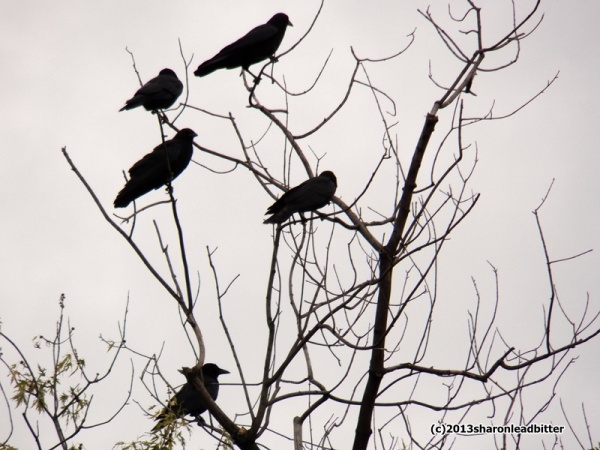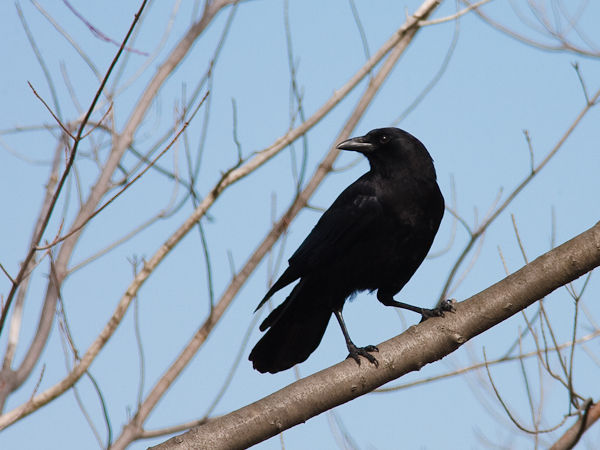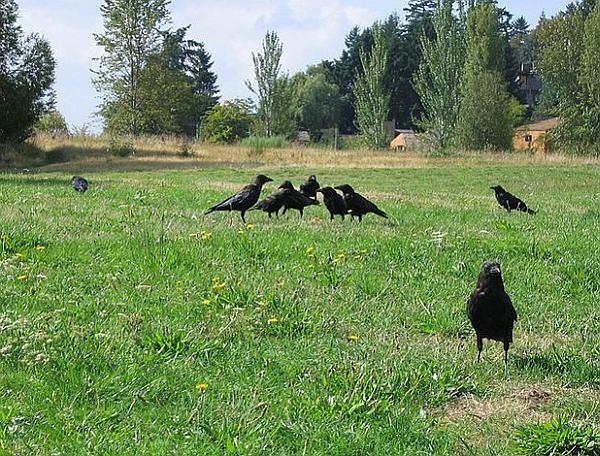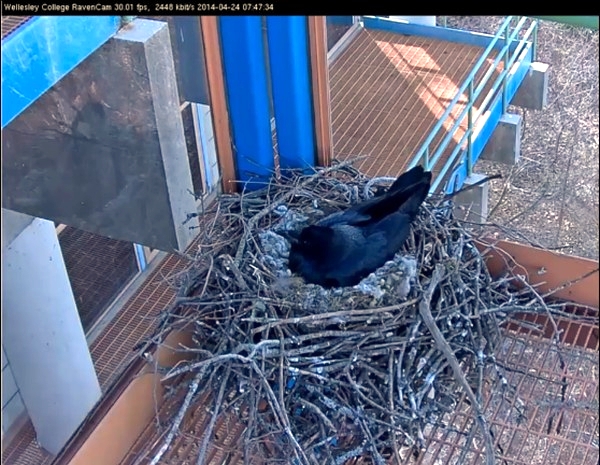
3 February 2015
As I mentioned in my post about St. John, USVI, there are no corvids in the Virgin Islands. In fact there are no crows, jays or ravens in Puerto Rico and the Lesser Antilles but there is a bird who fills their niche.
The pearly-eyed thrasher is the size and shape of a normal thrasher but he’s not a skulker like the brown and Crissal thrashers of North America. Instead he acts like a blue jay: bold, brash, adaptable and inquisitive. Conspicuous in flight, he lands with a thud and hop-turns on his perch. He calls in public and his youngsters beg loudly.
Like corvids, the pearly-eyed thrasher is omnivorous and opportunistic. He eats fruit, insects and vertebrates including eggs, nestlings, lizards, land crabs and tree frogs. He’s even earned a reputation for “stealing” because he’s willing to wait and swoop in when humans turn their backs at meal times. The thrasher below was photographed at a restaurant in the British Virgin Islands “just waiting for the waitress to leave the area so he could enjoy the remains of breakfast left on the tables.”

And like any corvid, he’s willing to peck an animal he thinks he can kill.
Last Friday during the Francis Bay bird walk our National Park Service guide, Laurel, looked around a corner and suddenly called, “Thrashie! Thrashie! He’s pecking a baby iguana!” She rushed to the iguana’s rescue and the thrasher flew up to watch his prey.
Laurel showed us the green iguana which was about the same size as the thrasher.

Here the iguana is a blur as it tries to get out of her hand.

Laurel hid the iguana among green leaves and we moved on to watch the black-necked stilts, leaving the pearly-eyed thrasher behind.
Who knows what happened next.
(Pearly-eyed thraser photos from Wikimedia Commons. Click on the images to see the originals.
Iguana photos by Kate St. John)




